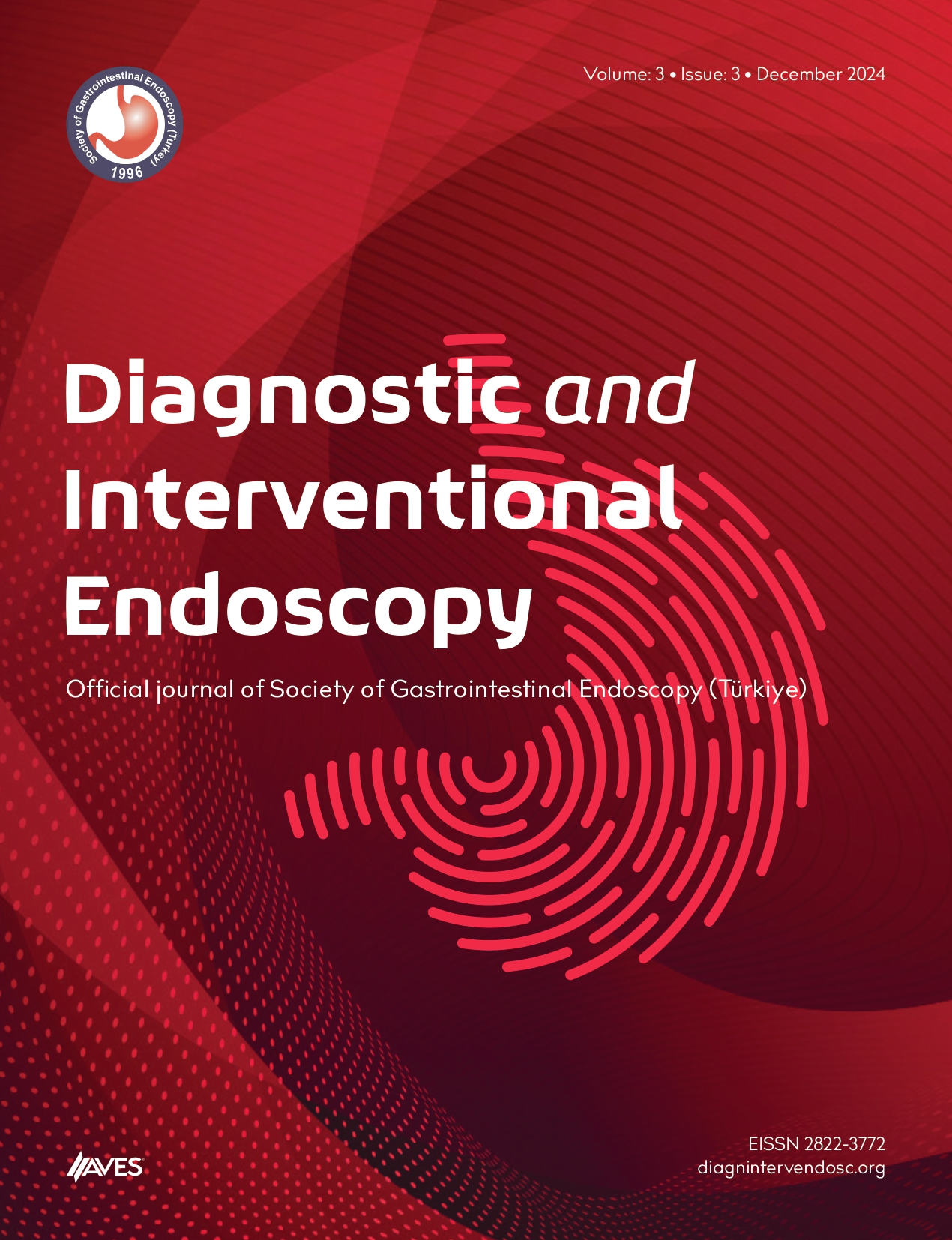Objective: The precut sphincterotomy technique is widely used for difficult biliary cannulation during the endoscopic retrograde cholangiopancreatography procedure. Even though an accepted risk factor for post-endoscopic retrograde cholangiopancreatography pancreatitis, there are numerous studies showing whether this risk is technique-related or due to prolonged procedure time and recurrent cannulation attempts. The study's primary aim was to evaluate the incidence of post-endoscopic retrograde cholangiopancreatography pancreatitis in early precut procedures compared to the standard technique in patients with difficult biliary cannulation. The secondary aim was to compare complications and cannulation success.
Methods: In this prospective, single-center, randomized clinical trial, patients referred for therapeutic biliary endoscopic retrograde cholangiopancreatography and difficult biliary cannulation were divided into 2 groups. The first group was the early precut group (group A) and the second group was the late precut group (group B), performed if failed following repeated attempts at papillary cannulation. Post-endoscopic retrograde cholangiopancreatography pancreatitis was defined as upper abdominal pain associated with at least a 3-fold rise in serum pancreatic enzymes above the normal level more than 24 hours after the procedure.
Results: Three hundred patients were enrolled in the study. Nine of 150 patients (6%) in group A and 21 of 150 patients (14%) in group B developed postendoscopic retrograde cholangiopancreatography pancreatitis (odds ratio 2.33). Successful biliary cannulation without precutting was performed in 25 patients in group B, whereas delayed precutting was required in the remaining 125 patients. Compared to the delayed precut group (19/125, 15.2%), the incidence of postendoscopic retrograde cholangiopancreatography pancreatitis was significantly lower in the early precut group (9/150, 6%) (odds ratio 3.3). The “late precut” subgroup had a post-endoscopic retrograde cholangiopancreatography pancreatitis rate with an odds ratio of 2.5 compared to the group with cannulation without precut. These data suggest that the post-endoscopic retrograde cholangiopancreatography pancreatitis risk among patients who received a late precut was higher than among patients who had an early precut or could be cannulated after repetitive efforts.
Conclusion: Early precutting is an effective technique for patients with challenging biliary tract cannulation and can significantly reduce post-endoscopic retrograde cholangiopancreatography pancreatitis incidence. Recurrent biliary cannulation attempts constitute a real risk factor for this complication.
Cite this article as: Kandemir A, Taşkıran İ, Coşkun A, Yasa MH. Early fistulotomy or late fistulotomy: Which is more risky for postendoscopic retrograde cholangiopancreatography pancreatitis?. Diagn Interv Endosc. 2023;2(1):5-8.

.png)


.png)